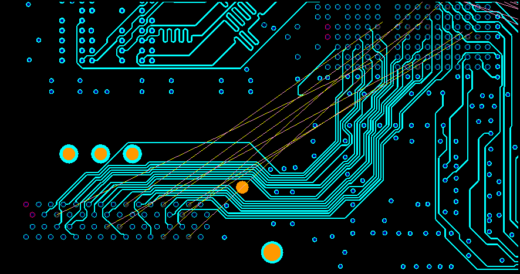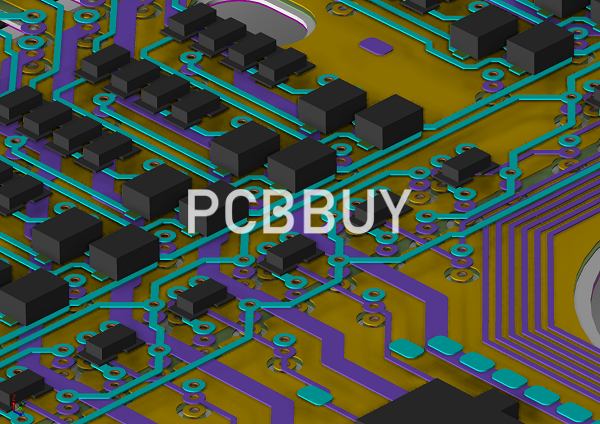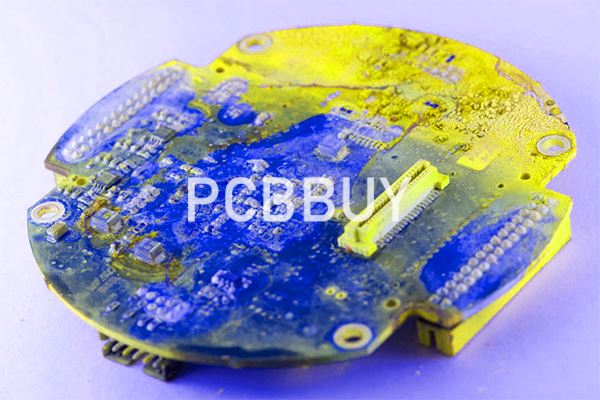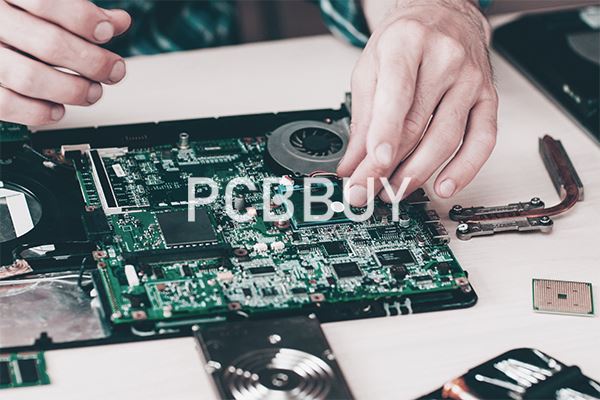How to Improve PCB Design with 5 PCB Layout Techniques?
By:PCBBUY 11/02/2021 09:50

Whether you are moving at a high speed or you're designing a high speed printed circuit board, good design practices help ensure your design will work as intended and can be manufactured at volume. In this guide, we've compiled some of the essential PCB layout guidelines that apply to most modern circuit boards. Specialty designs may need to follow additional board layout guidelines, but the PCB layout guidelines shown here is a good place to start for most designs.
If you are interested in PCB layout techniques, please check and read the content below for more professional information.

1. Determine the PCB layout rules
When starting a new printed circuit board design, it’s sometimes easy to forget about the important design rules that will govern your project. There are some simple clearances that, if determined early in the design, will eliminate a lot of component shifting and re-routing later. So where can you get this information?
The first place to start is to talk to your PCB fabrication house. A good fabricator will usually post their capabilities online or will supply this information in a document. If it's not in an obvious location on their website, send them an email and ask for their capabilities. It's best to do this first before you start placing components. While you're at it, make sure to submit your proposed stackup for review, or look for their standard stackup data and use that.
2. Process the sizing trace in PCB layout
PCB designers most commonly use length, thickness, and width to control the resistance of a PCB trace. Resistance is a physical property of the metal used to make the trace. PCB designers can't really change the physical properties of copper, so focus on the trace size, which you can control.
PCB trace thickness is measured in ounces of copper. One ounce of copper is the thickness we would measure if we evenly spread 1 oz of copper over a 1 square foot area. This thickness is 1.4 thousandths of an inch. Many PCB designers use 1 oz or 2 oz copper, but many PCB manufacturers can provide 6 oz thickness. Note that fine features like pins that are close together are hard to make in thick copper. Consult your PCB manufacturer about what their capabilities are.
Use a PCB trace width calculator to determine how thick and wide your traces should be for your application. Aim for a 5°C temperature rise. If you have extra space on the board, use bigger traces, as they don’t cost anything.

3. Select the right trace width in PCB layout
The trace geometry (thickness and width) is of fundamental importance to ensure the correct operation of the circuit in all environmental and load conditions. The traces of a PCB are used to carry electrical signals and, therefore, must have a width compatible with the current passing through them. The designer must determine the minimum width of each trace in order to avoid dangerous overheating of the board; this parameter directly affects the routing process, as it reduces the space available on the PCB. The minimum width must therefore be determined before placing the traces, using one of the several calculator tools, also available online. By entering thickness, current and maximum acceptable temperature rise, these tools return the minimum trace width.
PCB trace thickness is measured in ounces of copper, corresponding to the thickness that would be obtained by uniformly distributing an ounce of copper over an area of one square foot. This thickness is 1.4 thousandths of an inch. Standard PCBs use 1- or 2-ounce thicknesses of copper, but for high current applications this can be as high as 6 ounces. If the available space is not an issue, the advice is to use traces with a width greater than the minimum, thus improving the thermal management and reliability of the board. Also keep in mind that the traces on the outer layers achieve a better heat exchange and, therefore, may have a smaller width.
4. Certain guideline for PCB layout
There are many ideas and guidelines that can be drawn up for the design and layout of a PCB. The list below covers a number of them. Obviously there are more, and the PCB design guidelines list below should not be thought of as a complete list.

In order that the PCB design guidelines can be followed more easily, the guidelines are split into sections:
· Board constraint design guidelines - those covering the initial constraints on the board
· Overall layout design guidelines
· Guidelines associated with the planes or layers
· Track design guidelines
· Thermal issues
· Signal integrity and RF considerations
5. Balance the PCB layout techniques in manufacturing process
You should also consider the manufacturing processes you’d like to employ to produce the board. Different methods have different limitations and constraints. You’ll need to use reference holes or points that work with the manufacturing process on the board. Always ensure holes are clear of components.
Also, keep the board mounting method in mind. Different approaches may require you to leave different areas of the board open. Using multiple technology types, such as both through-hole and surface mount components, can increase the cost of your boards but may be necessary in some cases.
Always check with your fabricator to make sure they have the capabilities to produce the type of board you need. Some might not, for instance, be able to manufacture boards with many layers — or those that use a flexible design.
Industry Category











